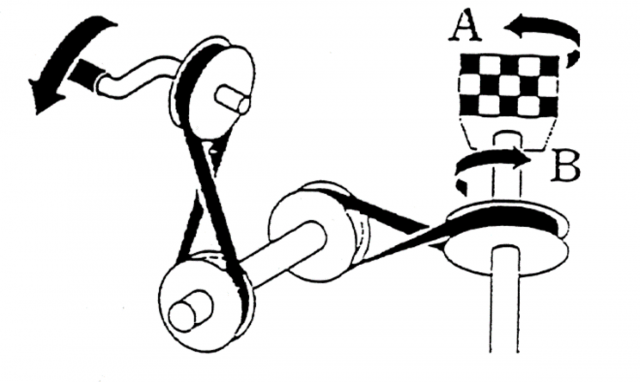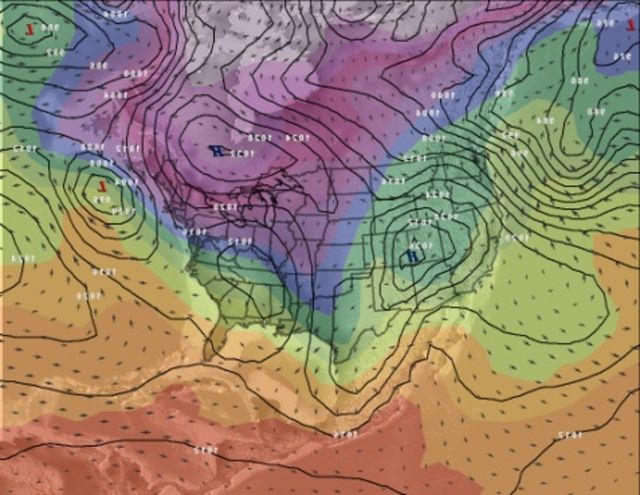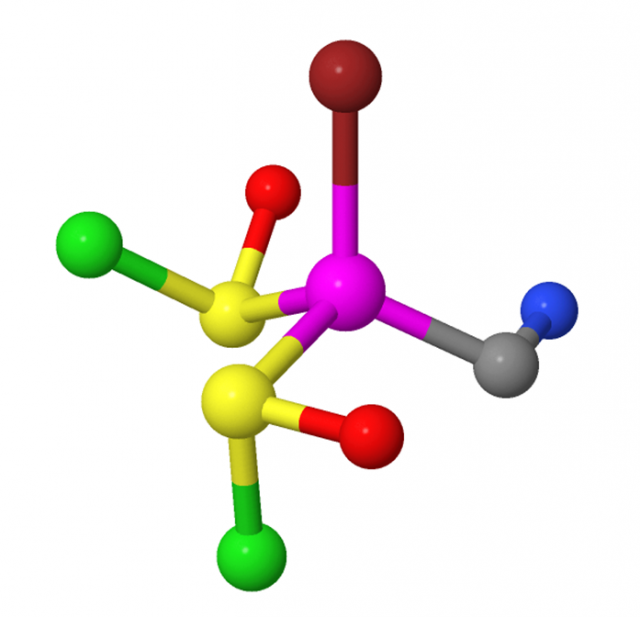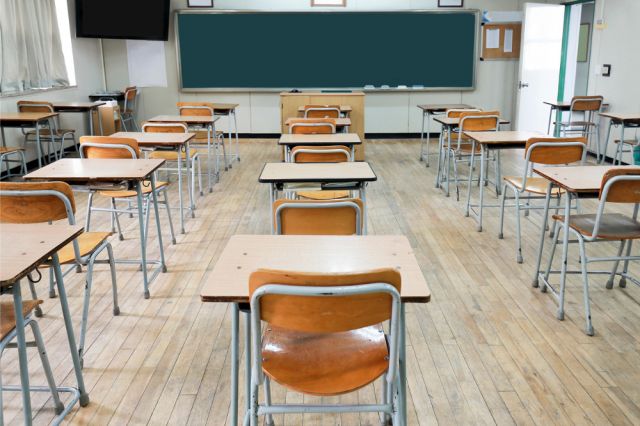Mechanisms of Visuospatial Thinking in STEM

In recent years there has been new recognition of the importance of spatial thinking in Science, Technology, Engineering and Mathematics (STEM) because of evidence that spatial ability predicts success and persistence in STEM. This has raised questions about the nature of spatial intelligence (a basic research question), and questions about whether and how we can train people to be better spatial thinkers (a translational research question). In the Spatial Thinking lab we have a long and continuing tradition of studying these questions.

Much research on the relation between spatial thinking and STEM focuses on correlates of tests of spatial ability and training people to perform better on these tests. A complementary approach that we have adopted is to examine both everyday tasks and domains of expertise that demand spatial thinking. We have then attempted to bring these cognitive processes under experimental control in the laboratory and often developed new standardized measures of these processes. This approach has allowed us to identify cognitive processes that appear to be important to spatial thinking in the world, but are not well captured by existing tests of spatial ability.

For example, we have examined aspects of spatial thinking in the following:
- Mechanical reasoning (Hegarty, 1992; 2003)
- Mathematical problem solving (Hegarty & Kozhevnikov, 1999),
- Physics problem solving (Kozhevnikov, Motes & Hegarty),
- Medicine, including surgery, radiology and learning anatomy (Hegarty, Keehner, Cohen, Montello & Lippa, 2007, Keehner, Lippa, Montello, Tendick, & Hegarty, 2006; Keehner, Hegarty, Cohen, Khooshabeh & Montello, 2008; Stull, Hegarty, & Mayer, 2009)
- Meteorology (Hegarty, Canham & Fabrikant, 2010; Hegarty, Smallman, Stull & Canham, 2010),
- Organic chemistry (Stieff, Dixon, Ryu, Kumi & Hegarty, 2014; Stull & Hegarty, 2016).

In general our research indicates that people differing in spatial ability differ in basic capacity for storing spatial information and mentally simulating spatial processes, but also in the discovery and use of analytic spatial thinking strategies that reduce the need for effortful mental simulation processes (e.g., Hegarty, 2017). It also reveals the importance of looking beyond “what spatial ability tests measure” in both characterizing the nature of spatial intelligence, and training people to be better spatial thinkers.

In a current NSF-funded project, in collaboration with Steven Franconeri, Northwestern, and Mike Steiff, University of Illinois, Chicago we are aiming to build a broader understanding of visuospatial thinking in STEM, by characterizing visuospatial performance of experts and novices in organic chemistry as a function of their individual visuospatial abilities, including working memory, domain knowledge, and task strategies.

In translational research, we have recently collaborated with researchers at the University of Canberra on a program of research on improving spatial thinking in elementary and high-school students. In this research program, teachers are introduced to spatial thinking and collaborate with the researchers to design classroom instruction on spatial thinking that follows a broad framework (the ELPSA framework, which stands for Experience, Language, Pictorial, Symbolic, and Application). Three large studies conducted with hundreds of students across dozens of Australian classrooms have indicated that when this spatial training replaces mathematics instruction, students improve on spatial thinking tests (Lowrie, Logan & Hegarty, 2019) and this training transfers to performance in mathematics (Lowrie, Logan, Harris & Hegarty, 2018; Lowrie, Harris, Logan & Hegarty, 2021).
References
Hegarty, M. (1992). Mental animation: inferring motion from static displays of mechanical systems. Journal of Experimental Psychology: Learning, Memory, and Cognition, 18, 1084. doi.org/10.1037/0278-7393.18.5.1084
Hegarty, M., Canham, M. S., & Fabrikant, S. I. (2010). Thinking about the weather: How display salience and knowledge affect performance in a graphic inference task. Journal of Experimental Psychology: Learning, Memory, and Cognition, 36, 37. doi.org/10.1037/a0017683
Hegarty, M., Keehner, M., Cohen, C., Montello, D. R., & Lippa, Y. (2007). The role of spatial cognition in medicine: Applications for selecting and training professionals. Applied Spatial Cognition, 285–315.
Hegarty, M., & Kozhevnikov, M. (1999). Types of visual–spatial representations and mathematical problem solving. Journal of Educational Psychology, 91, 684. doi.org/10.1037/0022-0663.91.4.684
Hegarty, M., Kriz, S., & Cate, C. (2003). The roles of mental animations and external animations in understanding mechanical systems. Cognition and Instruction, 21, 209–249. doi.org/10.1207/s1532690xci2104_1
Hegarty, M. Smallman, H. S., Stull, A. T., & Canham, M. (2009). Naïve cartography: How intuitions about display configuration can hurt performance. Cartographica, 44, 171-187.
Keehner, M., Hegarty, M., Cohen, C., Khooshabeh, P., & Montello, D. R. (2008). Spatial reasoning with external visualizations: What matters is what you see, not whether you interact. Cognitive Science, 32, 1099–1132. doi.org/10.1080/03640210801898177
Keehner, M., Lippa, Y., Montello, D. R., Tendick, F., & Hegarty, M. (2006). Learning a spatial skill for surgery: How the contributions of abilities change with practice. Applied Cognitive Psychology, 20, 487–503. doi.org/10.1002/acp.1198
Kozhevnikov, M., Motes, M. A., & Hegarty, M. (2007). Spatial visualization in physics problem solving. Cognitive Science, 31, 549–579. doi.org/10.1080/15326900701399897
Stieff, M., Dixon, B. L., Ryu, M., Kumi, B. C., & Hegarty, M. (2014). Strategy training eliminates sex differences in spatial problem solving in a stem domain. Journal of Educational Psychology, 106, 390. PDF
Stull, A. T., & Hegarty, M. (2016). Model manipulation and learning: Fostering representational competence with virtual and concrete models. Journal of Educational Psychology, 108(4), 509–527. doi.org/10.1037/edu0000077
Stull, A. T., Hegarty, M., & Mayer, R. E. (2009). Getting a handle on learning anatomy with interactive three-dimensional graphics. Journal of Educational Psychology, 101, 803. doi.org/10.1037/a0016849
Research Assistant Positions
Interested in applying to be a Spatial Thinking Lab Research Assistant?